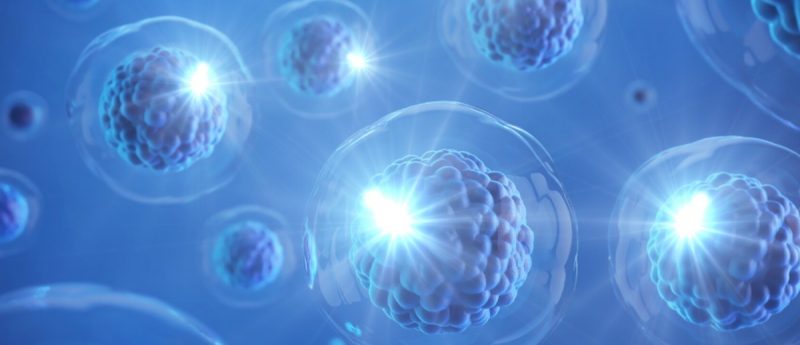ASGCT 2020: Surgical targeted delivery procedures developed for gene and cell therapy delivery to the central nervous system

Researchers from Charles River Laboratories (MA, USA) have successfully developed safe and effective methods for targeted delivery to the central nervous system. The findings were presented at the American Society of Gene & Cell Therapy (ASGCT) Annual Meeting (12—15 May 2020).
A research team from Charles River Laboratories (MA, USA) have successfully developed safe and effective methods for targeted delivery of gene and cell therapies to the central nervous system in rodents and large animals. The findings are due to be presented at American Society of Gene & Cell Therapy (ASGCT) Annual Meeting (12—15 May 2020).
The team developed MRI stereotaxic delivery methods for targeted brain injections and fluoroscope guided intrathecal injections. Anesthetized macaques underwent pre-operative MRI, mounted in an MRI-compatible stereotaxic frame, to determine target coordinates for a dosing cannula. The cannula were inserted into the determined target coordinates and contrast agent was infused into the target brain region at a measured rate. Post-surgical MRI determined the dose site and distribution.
For intrathecal delivery, rats were anesthetized, and fluoroscopic imaging was used to guide injection of a contrast agent into the subarachnoid space between the third and fourth lumbar vertebrae using a 33-gauge needle.
The study results showed successful delivery of contrast agent into the subarachnoid space and dispersion in the cerebrospinal fluid. The animals recovered and no marked neurological signs were observed.
The team also piloted a thoracic laminectomy and dura closure procedure in rats, to better support cell therapies for spinal injury indications. The rats were anesthetized, and a dorsal midline incision was made over the lumbar thoracic junction. The laminectomy was performed from the ninth to the tenth thoracic vertebrae. Four saline injections were made 1mm below pia mater. The dura, musculature and subcutaneous tissue were closed, and the animals recovered with no neurological signs observed.
Overall, the findings show successful development of safe and effective methods for targeted delivery to the central nervous system. The three pilot methods described above have subsequently been used effectively on several regulated and non-regulated studies. In some cases, for MRI targeting of other deep brain structures, the methods were expanded.
In future, the authors hope the translational study designs will help guide programs to the clinic and to patients who require treatment.
Source: Breznau EB, Pielemeier R, DeVries J and Wilson S. Development of Surgical Targeted Delivery Procedures for Effective Gene and Cell Therapy Delivery to the Central Nervous System. ASGCT Annual Meeting (12—15 May 2020). Abstract 304.